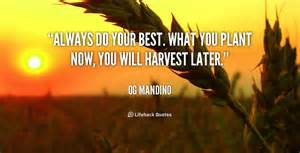The Masters in Early Childhood Program was an exciting educational journey. This was my first time taking classes on-line. Through this experience, I learned more about the importance of convenience. It was convenient to enroll in classes on-line. I was able to report to class at my own time. I was able to reach out to my instructor and peers through email. I was able to work full-time, take care of my children, and maintain full-time classes without being stressed or overwhelmed. This experience was easier than I could ever imagine and I loved this educational journey.
I started this program over a year ago and I have gained some deeply felt learning experiences. I learned more about poverty and its impact on children and families. I gained more knowledge on diversity and the many components it involves. I received a better understanding of effective communication and how important it is in maintaining positive relationships. These are the topics that caught my attention the most. I enjoyed the assignments and blogs which were required during those lessons.
As I move forward in my career, my goal is to continue to work with children whether directly or indirectly. My passion involves children. I aim to educate and nurture them as well as support their families. According to Laureate Education (n.d.), “the preschool years are the most fundamental”. As I continue my career, I know that my profession will remain in the early childhood field. This is the field of various opportunity. The opportunity to work with children. The opportunity to support the families. The opportunity to contribute to the field and make it better.
Two quotes caught my attention during this journey:
1. “The happiness of any society begins with the well-being of the families that live in it” – Kofi Annan
2. “The test of the morality of a society is what it does for its children” – Deitrich Bonhoeffer
To my colleagues and instructor, I want to wish you continued success. I have enjoyed collaborating with you. I learned from each of you whether it was through a discussion post, a blog post, or an email. If at anytime, you may want to reach me, please do. I can be reached at latonya.ratliff@waldenu.edu
WE DID IT!!!!!! 🙂
Reference
Laureate Education. (n.d.). Merging Vision, Passion, and Practice. Retrieved
from class.waldenu.edu

